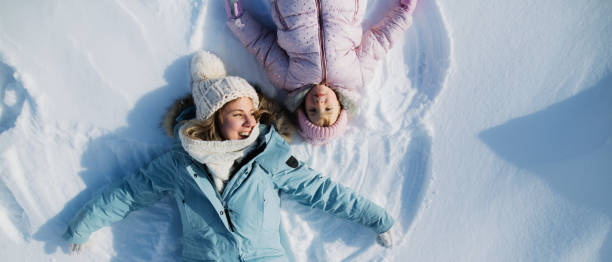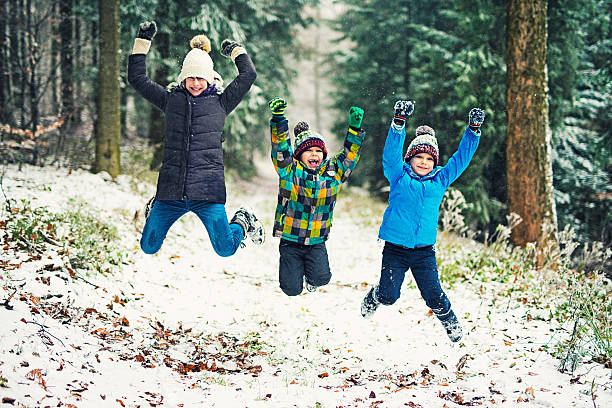The summer holidays can get pretty long when you don’t know how to keep the kids and yourself busy. With our leisure activities with children and great ideas for the summer, the possibilities are endless and make everyday fun.
Spending the summer holidays with children
Every year the children look forward to the summer holidays. Then it’s time to meet friends and have fun. But for many families, it also means a little stress. After all, the children want to be employed. Although children can usually keep themselves busy on their own or like to play with siblings and friends, it is never wrong to have one or two leisure ideas for the long summer holidays. Therefore we have collected some activities for the holidays:

1) Play board games
Board games are and will always be classics. Because they do not lose their appeal despite technological advances and numerous games available on the Internet. On the contrary: They are ideal for children and adults. This allows the whole family to play together. In addition to the most popular board games listed below, there are numerous new board games that are fun to play. You can also invent your own board game. This also encourages children’s creativity.
- Cluedo
- Man don’t fret
- monopoly
- risk
- Mill
2) Water fun during the summer holidays
In the summer holidays, it can get pretty hot in some places. Then children want to go outside and they love to swim. So it is a good leisure activity to take children to the outdoor pool or to the nearest lake. Even a day at the sea or in an aqua park can keep the kids busy for hours thanks to the many slides and pools.
3) Bake cakes or cookies during the summer holidays
If the kids are too young to bake alone, you can make this a family affair. So look for a delicious cake recipe together with your children, buy the ingredients, and off you go. Kids will have fun weighing, mixing, icing, and decorating ingredients. The children feel particularly useful and will enjoy their homemade cake with even more joy.
4) Enroll the child in a vacation program
During the summer holidays, the range of holiday programs and holiday camps is particularly wide. There is the right offer for every child. As a result, you can encourage your child to participate in a program that interests them. Then, on the one hand, it will learn new skills, increasing its self-confidence. On the other hand, they will spend their day in a fulfilling way and make new friends. The rule here is that the more participants, the better.
5) Allow children to play outdoors
Sometimes it doesn’t have to be unusual leisure activities with children. Because the often beautiful weather in summer invites you to spend time outside. The aim is to detach the children from the television and motivate them to spend the afternoons outdoors. Here the possibilities to play are numerous. Here are some ideas for you and your kids to enjoy time outdoors:
- Collect strange objects that you find outside
- Host a scavenger hunt
- Send a message in a bottle
- Race with balloons
- Play sack race
6) Read a good book

Since children have very different interests, your child may enjoy reading. Then you and your child should look for new books that will immerse them in a new world. Not only will the days pass quickly, but the children’s imagination will also be stimulated. If your child likes stories but refuses to read, many books are available in audio versions. Or let your children write a story.
7) Plan a craft day
Crafting is fun and encourages creativity. And you can get by with just a few materials that you probably have in the household. Thus, it is one of the best leisure activities for children. So you might already be able to create homemade gifts for Christmas. Because Christmas often comes faster than you think.



